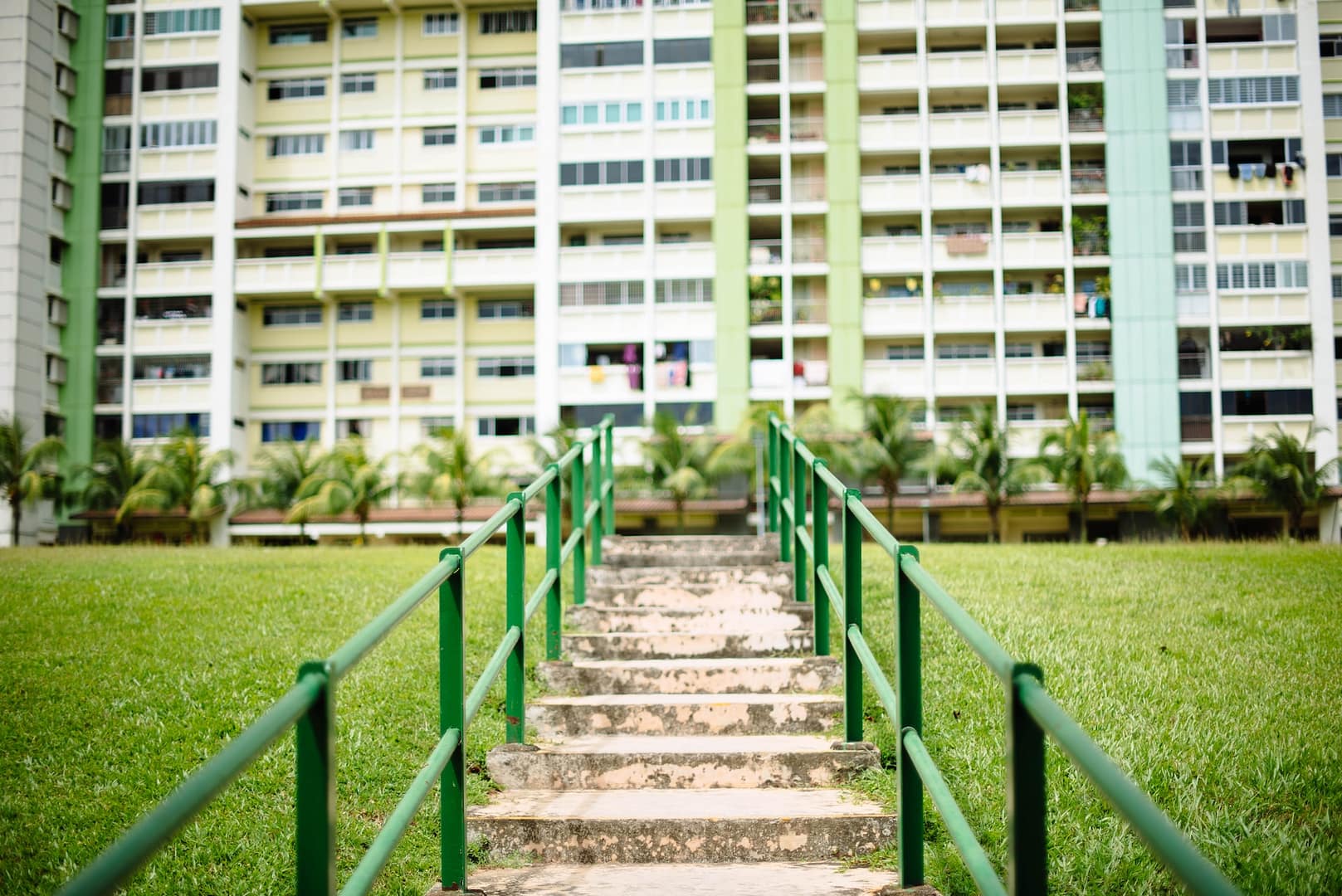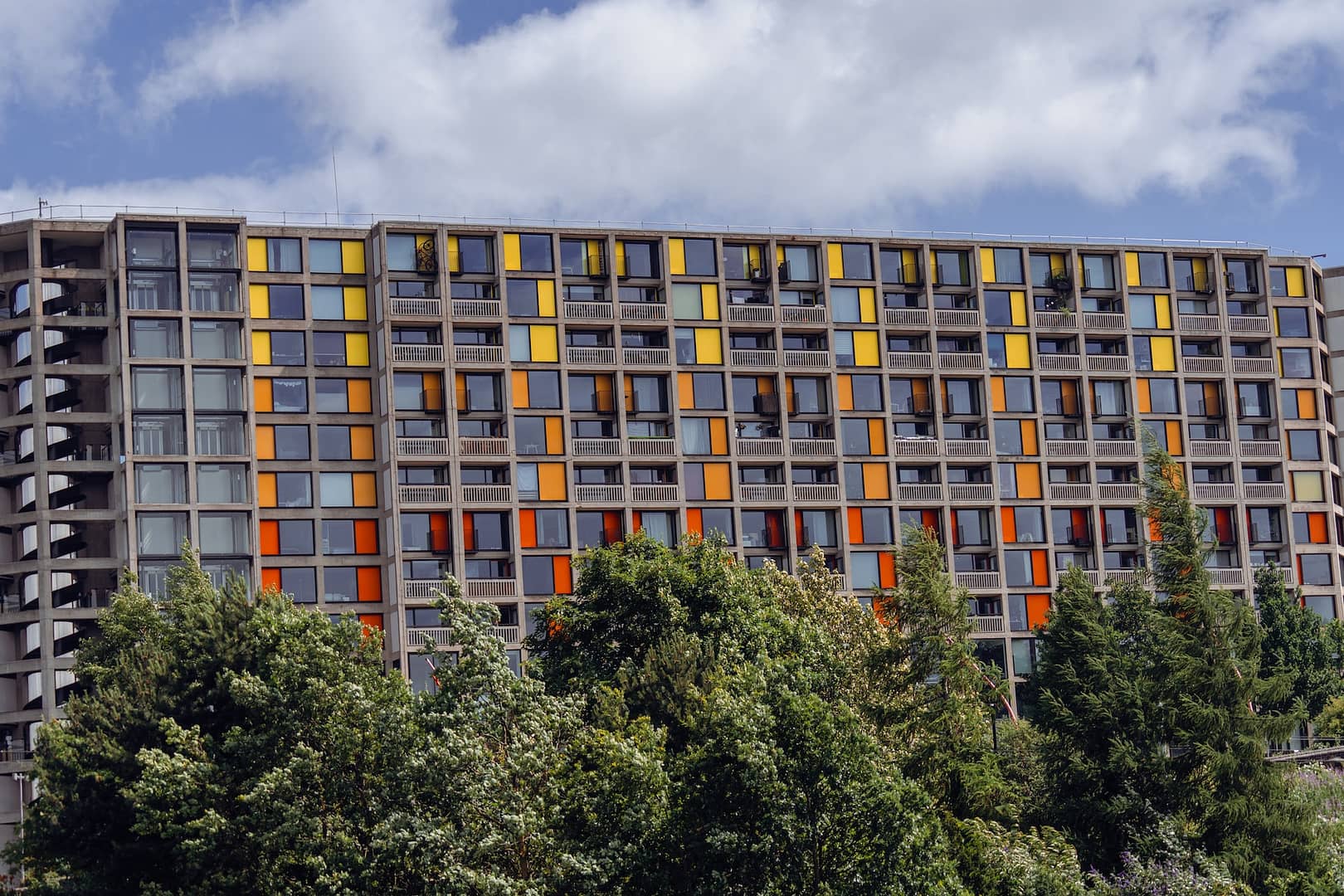In recent years, the phrase “dangerous cladding” has become synonymous with a housing crisis that has shaken communities and left countless individuals living in fear for their safety. This perilous predicament has cast a dark shadow over social housing, raising crucial questions about the safety and well-being of those who call these buildings home. In this article, we will delve into the multifaceted issues surrounding dangerous cladding, examining its impact on social housing and the lives of those who reside within it. We will also highlight how best to start a housing disrepair claim.
What is Cladding?
Cladding, in the context of building construction, refers to the external layer or covering that serves both aesthetic and functional purposes. It can be made from various materials, such as metal, wood, or composite panels, and is used to enhance a building’s appearance, provide insulation, and offer protection against the elements.
The Appeal of Cladding
Cladding has long been a popular choice for architects and builders due to its versatility and ability to transform the look of a building. It can give a modern and sleek appearance to structures, making them more visually appealing.
The Cladding Crisis Emerges
However, the appeal of cladding took a dire turn when certain types of cladding materials were deemed hazardous. The most notorious of these materials is the aluminium composite panel with a polyethylene core, often referred to as ACM cladding. This material, commonly used in the construction industry, has been at the heart of the cladding crisis.
The Issues with Dangerous Cladding
Flammable Properties
One of the gravest issues with dangerous cladding is its flammable nature. ACM cladding, in particular, has a high flammability rating, making buildings clad in this material susceptible to rapid and devastating fires. The tragic Grenfell Tower fire in London in 2017 is a stark reminder of the catastrophic consequences that can result from the use of flammable cladding. The fire claimed 72 lives and left a community in mourning.
Lack of Regulation
Another concerning aspect of the cladding crisis is the lack of adequate regulation and oversight in the construction industry. Many buildings were clad in dangerous materials without proper testing or approval, leaving residents unaware of the potential risks they were exposed to. This regulatory gap has raised serious questions about the accountability of those responsible for ensuring the safety of social housing.
Financial Strain on Residents
The presence of dangerous cladding has also placed a significant financial burden on residents of affected buildings. The cost of removing and replacing cladding can run into millions of pounds, a sum that is often passed on to the leaseholders and homeowners. For many, this financial strain has been overwhelming, leading to anxiety, uncertainty, and even bankruptcy.
Is it Safe to Live in a Building with Cladding?
The Dilemma of Occupants
For those living in buildings clad in dangerous materials, the question of safety looms large. The fear of a potential fire incident is a constant source of stress and anxiety. The Grenfell Tower tragedy serves as a grim reminder of the worst-case scenario, leaving occupants of similar buildings haunted by the prospect of a similar fate.
Interim Safety Measures
In response to the cladding crisis, some measures have been taken to enhance safety in affected buildings. These include the installation of temporary fire safety systems, evacuation plans, and regular safety inspections. While these measures provide some reassurance, they do not address the underlying issue of dangerous cladding.
The Need for Cladding Remediation
The ultimate solution to ensuring the safety of residents in buildings with dangerous cladding is cladding remediation. This process involves the removal and replacement of hazardous cladding materials with non-combustible alternatives. However, the challenges associated with cladding remediation are numerous and complex.
The Impact on Social Housing
Vulnerable Residents
Social housing tenants are among the most vulnerable to the impact of dangerous cladding. These individuals often have limited resources and may lack the financial means to cover the costs of cladding remediation. As a result, they find themselves in a precarious situation, living in buildings that pose a serious fire risk.
Stalled Remediation Projects
The slow progress of cladding remediation projects has further exacerbated the crisis in social housing. Delays in funding allocation, bureaucratic hurdles, and disputes between building owners and leaseholders have all contributed to the stagnation of remediation efforts. This has left social housing tenants in a state of limbo, unable to escape the dangers of their living conditions.
Mental and Emotional Toll
The impact of dangerous cladding extends beyond the physical dangers it poses. It takes a toll on the mental and emotional well-being of residents. The constant fear and uncertainty surrounding their safety, coupled with the financial stress of potential costs, have led to a decline in mental health for many.
Advocacy and Community Action
Despite the challenges they face, social housing tenants have not remained silent. Advocacy groups and community organisations have emerged to amplify their voices and demand action from the government and building owners. These grassroots efforts have played a vital role in raising awareness about the cladding crisis and pushing for solutions.
Making a Housing Disrepair Claim with National Claims
Note: You can only make a claim if you are currently living in social housing.
At National Claims, we understand the hardships faced by residents living in social housing affected by dangerous cladding. If you find yourself in this situation, it’s essential to know that you have options. Making a housing disrepair claim can be your path to justice and relief from the burdens imposed by unsafe cladding.
The Process
Our dedicated team of experts will guide you through the process of making a housing disrepair claim. We will assess your case, gather the necessary evidence, and work tirelessly to ensure that your rights as a tenant are upheld. Our goal is to hold accountable those responsible for the dangerous cladding and secure the compensation you deserve.
Advocates for Your Rights
National Claims serves as an advocate for social housing tenants, fighting for their safety and well-being. We understand the unique challenges posed by the cladding crisis, and we are committed to helping you navigate these challenges and achieve a resolution.

Conclusion
The impact of dangerous cladding on social housing is a complex and far-reaching issue that touches the lives of countless individuals. It raises profound questions about safety, accountability, and the well-being of those who call these buildings home. As we look to the future, it is imperative that governments, industries, and communities come together to address this crisis and ensure that no one has to live in fear due to the cladding that surrounds them. The path forward may be challenging, but it is essential for the safety and security of all residents.
At National Claims, we stand with social housing tenants affected by dangerous cladding. We believe in your right to safe and secure housing, and we are here to support you in your journey towards justice. Together, we can work towards a future where dangerous cladding no longer threatens the well-being of our communities.
Contact us now to get a start on your claim with the help of one of our helpful claims specialists.
Click below to see why we are one of the most trusted claims management companies in the UK.

We’re proud of our excellent customer reviews
We thrive on delivering exceptional service and ensuring our clients’ satisfaction. Don’t just take our word for it. Check out some of our independent reviews to see what our clients have to say.
Excellent

This firm is excellent, they sorted out my car pay out and injury claim very fast, they always communicate with you all the time.

My accident case was dealt with confidence and with great result of the outcome, especially James kept me informed all the time.

I was very impressed at the way my inquiry was treated. I was listened to attentively and everything I needed to know was explained to me.






